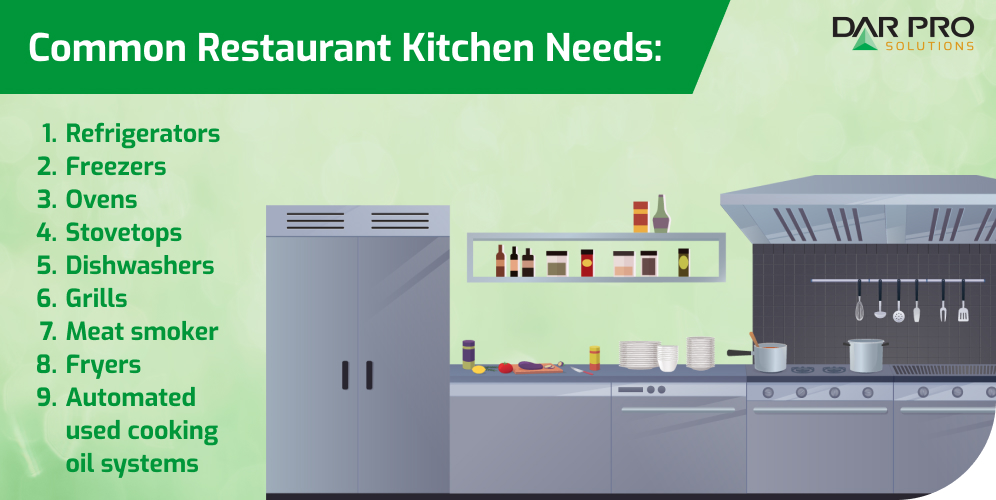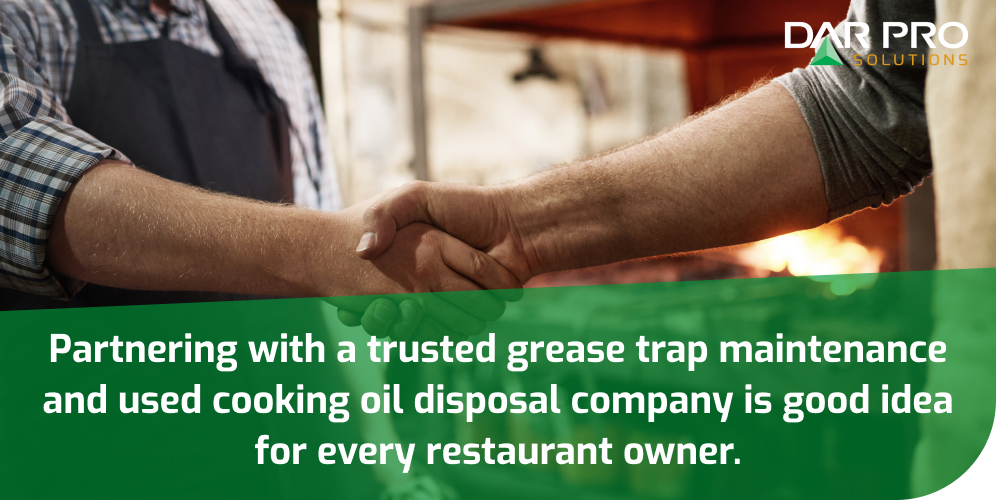Setting Realistic Expectations for Opening a New Restaurant
One of the first things a future restaurant owner will want to do is clarify their vision for the business. With a clear goal in mind, the decision-making process becomes easier.
Determine the style of eatery you’d like to create:
- Is it going to be a small restaurant business that is only open for one or two mealtimes? Or a major franchise open all day?
- Will you be opening a fast-food restaurant to fulfill hundreds of orders a day? Or do you prefer to take a slower pace with higher-quality food and fine-dining?
- How broad will your food niche be? Do you want to serve a large variety of food types, or specialize in a narrow range of dish types?
It’s important to consider not only the type of food you wish to serve, but also who will be eating it. Do some market research for the area you plan to open a restaurant in to get an idea of how much demand there is for your idea.
Once you’ve determined what type of restaurant and food your business will be focusing on, the location and type of building (see below) that meets your specific needs will be easier to find.
Forming a restaurant business plan at this step will also aid you in making decisions going forward.
A business plan ensures you have a resource to look to for everything, from budgeting to menu items. Business plans can vary in terms of detailing, but creating a well-thought out restaurant business plan should be one of the first things you do.

Choosing a Location
Next, decide on the best location for your business.
Whether you plan to start from scratch with new construction or move into a vacant building, the end goal for your restaurant should help you make this decision.
Building your own place provides the most amount of customization for the space and allows you the most flexibility for location. This may or may not align with your restaurant startup objectives, so explore all the options available to you.
Starting a restaurant in a vacant building, for example, can be a great way to keep startup expenses down. Depending on the location and application of the previous building occupants, just a few renovations could have you up and running in no time.
Location will make a significant difference in both the internal and external operations of your restaurant. The customer experience begins as they arrive in the parking lot of your restaurant, so you want their first impressions on the signage and even the smells wafting from your establishment to invite them in.
Depending on the size of your restaurant operation, installing a grease trap or interceptor could be a good way to ensure your future restaurant won’t have to deal with complications from accumulated fats, oils, and greases (FOG).
Grease trap maintenance issues can result in all kinds of problems--including mess and toxic fumes emanating from the building. Avoid this headache by partnering with a trusted grease trap maintenance and used cooking oil disposal company who will take the grease off your hands.

Craft a Suitable Restaurant Setting
This step provides you with a great opportunity to give the business some character. The furniture, decorations, and paint you decide on will be a large part of the first thing customers notice when they come in, so make it count!
Whether you are designing a down-to-earth dive or a premium fine dining experience, the layout of the tables, chairs, hostess stand, bar and any other sections key to the customer experience should reflect that atmosphere--even the bathrooms.
Having a good idea of what your primary menu items will be will influence your restaurant’s style and determine which types of appliances you’ll need.
The back of house (BOH) should receive at least as much attention and strategic planning as the front, as this will be your base of operations. You may need any number and combination of appliances to equip your kitchen, such as:
- Refrigerators
- Freezers
- Ovens
- Stovetops
- Dishwashers
- Grills
- Meat smokers
- Fryers
- Automated used cooking oil systems
Budget, space and the nature of your restaurant setting all contribute to the decision-making process when determining how many and what kind of appliances your business needs.
Final Steps Before Officially Opening A Restaurant for Business
Lastly, hiring employees and advertising are the three main remaining tasks before starting a restaurant that is open for its first patrons.
Ideally, these two steps should be happening concurrently with the other steps above as you move through the restaurant opening process.
Advertisements work best when people have a few months’ notice to see that a new restaurant is opening up.
The people who serve your customers are going to have a critical impact on your restaurant brand. Conducting employee interviews early allows you ample time to find, hire, and train the right people to carry your restaurant brand forward.
This also ensures that your servers, cashiers and chefs are ready to go on opening day, empowering you to open a restaurant with confidence.
With these steps, you’ll be ready to open a restaurant that reflects your branding vision and attracts hungry customers.
Starting A Restaurant Off On An Eco-Friendly Foot
The restaurant startup journey can be daunting, but following the right steps and preparing correctly can make it more manageable.
By starting off with a well-established business plan, finding a good location and preparing both the restaurant lay-out and service to be top-notch, you can progress toward important milestones at a much faster rate.

If you find you need a trusted partner for grease trap maintenance and used cooking oil disposal, reach out to us today. No matter the specialty or size of your restaurant, DAR PRO Solutions will take the grease off your hands so you can focus on the rest. Reach out to a DAR PRO representative today and find out how your business can benefit from our grease recycling and grease trap maintenance program.
Call us 24/7/365 at 855-DAR-PRO1 (855-327-7761).
Contact Sales
For customer service inquiries call our toll free number (855) 327-7761
By submitting this form I agree to the privacy policy including the usage of contact details to contact me for marketing purposes.
11/22/2021
